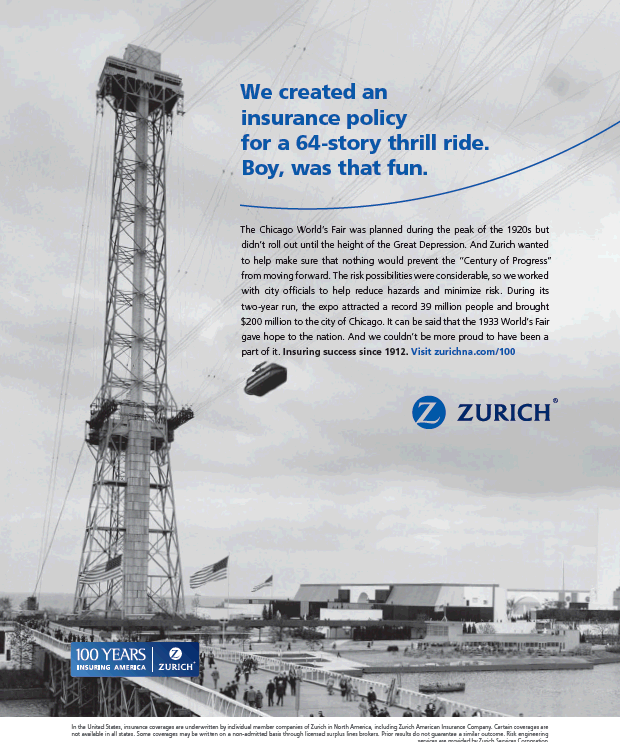As the world rings in 2013, The ProNet Blog is celebrating its one year anniversary. We had high hopes for the blog at the start of 2012, but those expectations have been exceeded in every way. In the last 12 months, we’ve posted 68 articles on architecture and architects, engineering and engineers, and the insurance industry that backs them up. This has allowed several thousand visitors to find the information they wanted and needed.

In the spirit of hopefulness that should belie the eve of any new year, we turn now to what got us off to such a great start last year, Burj Khalifa, the tallest building in the world, and one which is dominating headlines this New Year’s Eve.
For starters, tonight’s fireworks display is highly anticipated. One Lebanese businessman is reported to have shelled out almost $20,000 to spend New Year’s Eve in a 7,000 sq-ft penthouse apartment in downtown Dubai with an excellent view of Burj Khalifa. He’s just one of the more than one million people expected to party-in the new year Dubai-style. Good news! For those of us who can’t quite make it downtown by midnight, we can watch the Burj Khalifa fireworks live on YouTube!
Besides, squeezing in close to the overwhelming structure might be better in theory than in fact, especially given Kate Ascher’s recent interview with NPR’s Terry Gross. The author of The Heights: Anatomy of a Skyscraper revealed that, as Gather.com put it, “Yes, the tallest structure built by man could also be considered to be the smelliest.”
GROSS: Well, it really illustrates one of the paradoxes of modern life, that we have these just incredible structures that reach, you know, that seem to reach to the sky and then in a place like Dubai you have a 24 hour long line of trucks waiting to dispose of the waste from those buildings.
ASCHER: Right. Well, you know, you have to remember that a place like Dubai really emerged in the last 50 years. It was a sleepy, you know, Bedouin town half a century ago. And what you do is when you bring in the world’s, you know, most sophisticated architects and engineers, you can literally build anything, including a building of 140 or 150 stories. But designing a municipal network of sewage treatment is in some ways more complex.

Maybe the smell explains why, earlier this month, supermodel Heidi Klum tweeted a picture of herself with the superskyscraper far, far, far off in the distance. “If you can see past my loud outfit….that is the worlds tallest building!”
Some people remain undeterred, however. An Emirati mountaineer, Saeed Al Memari, has been given the green light to climb the side of Burj Khalifa and perform a base jump from the top on January 1. Al Memari had originally wanted to make the jump on New Year’s Eve, but the fireworks spectacular would, apparently, have made the stunt “too dangerous.” Once the fireworks are done, it should be no problem. Call me crazy, but this sounds… crazy.
Meanwhile, last week, a 32-year-old Commando in the Royal Navy, fueled more by charity than by adrenaline, climbed more than 3,000 feet of rope to raise money for the Children’s Happy Hospital Fund. Sergeant Rob Garthland began the Burj Khalifa Rope Climb Challenge at 7:00 a.m. and “completed 110 climbs of a 30 foot rope in HMS Raleigh’s gymnasium” by 4:00 p.m. He hopes to raise about 1,000 GBP for the charity. Help him reach his goal by donating today!
We wish all of our readers a safe, celebratory New Year! And we hope you’ll visit us for more design industry resources, updates, and information in 2013.







